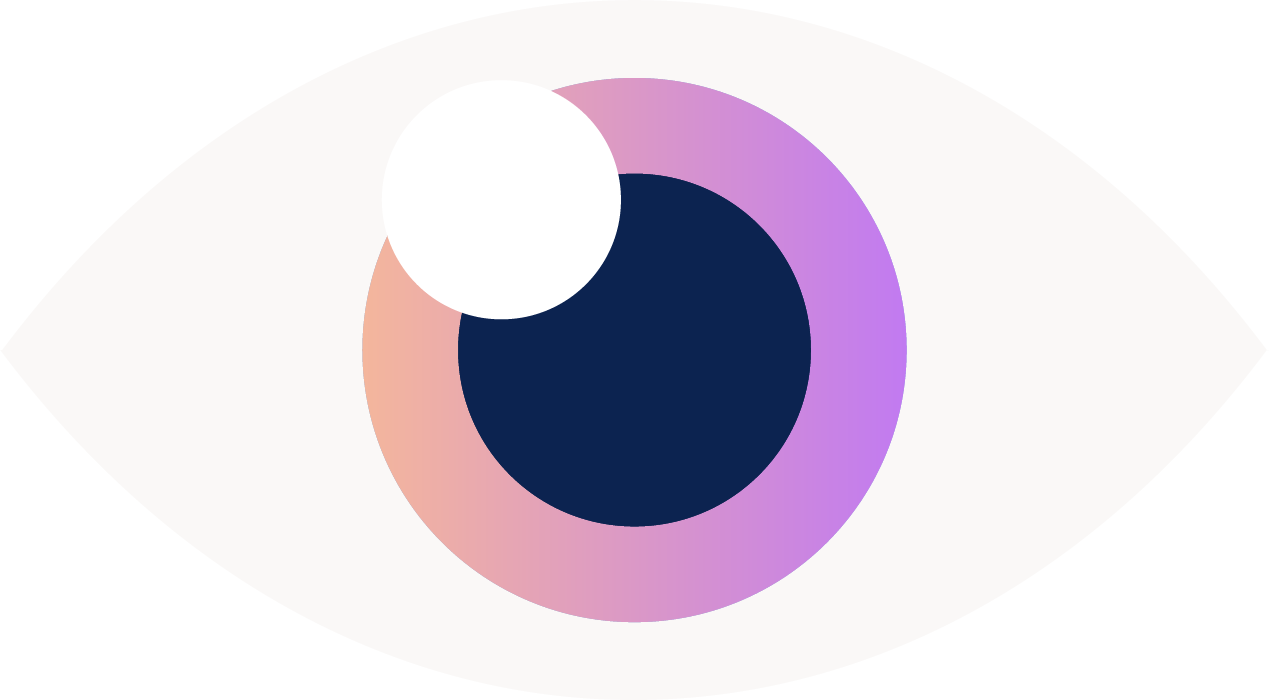Being a Specialty Private Practice Doc in the Time of COVID
For 6 weeks I closed my practice to all but emergency care. I'm pretty sure my husband and I were the first ophthalmologists in the state to do so. We felt it was the right thing to do, even though it makes our financial situation precarious.
I am by no means discounting what the critical care physicians, ER docs, pulmonary and ICU specialists are sacrificing in this time. They are being sent to the front lines with minimal PPE. As if they, themselves are more disposable than the masks they are told by their admin to reuse.
But, for us specialty care physicians to do our part - for us to help flatten the curve - requires a mindset shift on the part of our patients. Health care insurances have rallied quickly to approve telemedicine visits. To encourage patients to stay home and consult with their docs virtually.
Ophthalmology is a specialty which, unfortunately, doesn't lend itself well to telemedicine. As a pediatric ophthalmologist/adult strabismus specialist,I see about 30-40 patients a day in clinic. About 80% of those are annual exams - checks for glasses and contact lenses. This can't be done virtually. 10% are exams to measure alignment for strabismus, which also can't be done via FaceTime, Google Hangouts or any kind of web portal. That leaves about 5% of my patients which I can convert to telemedicine. My husband, has even fewer.
So during our closure, I sent out e-blasts detailed with instructions of how to check vision at home and how to get a hold of us on the the telemedicine platforms.

But, here's the other thing. Usually, pre-COVID, patients would call our office, and some will want to speak to a physician before coming in for their appointment. I call these patients back and sometimes spend 10-15 minutes on the phone with each, either explaining why they need to come in to the office. counseling them regarding their diagnosis, or reviewing test results. I do this without billing insurance or charging patients. Because, unlike attorneys or accountants, physicians do not bill by the hour. Only by the exam.
But now, with the emphasis to move visits to telemedicine to decrease the transmission of this contagious disease, physicians can now bill for these visits. But, guess what is the roadblock? The expectation that I'm now charging for something that used to be free. Some patients don't like the idea that co-payments may now apply for the medical advice they're receiving. Some insurances have even waived co-pays for patients. But, it still requires a mind shift. And, we're getting a push back. Overall, however, most patients love it. They love not having to get in the car and drive, park, come up to the office, etc.
There are so many things that this pandemic is bringing to light regarding our health care system. Who knows what our health care will look like 6 or even 3 months from now.
Yes, our state is slowly reopening. But, a doctor's office is not like a store. Because of our Hippocratic oath, we hold ourselves to a higher standard to balance running a business with public safety. So as I've decreased the number of patients I've seen in the clinic, I've tried to schedule as many follow ups as telemedicine visits as possible.
So, what exactly have I done in my clinic as a response to COVID-19 now that I've reopened?
- Reduced patient volume by 40% to minimize bodies in our office
- No longer use a scribe (decreasing bodes in the exam room)
- Attempt to get as much information as possible via phone prior to the patient coming into the office (CC, HPI, demographic information, pharmacy)
- Strict social distancing the waiting room, if the 6 chairs (down from 18) are taken, then we ask patients to wait in their cars and we will text them when we are ready for them
- Attempt to seat patients immediately in the exam room instead of waiting in the waiting room
- Masks for all patients and staff
- Gloves for every patient encounter
- Decorative bowl for glasses that people have tried on in our Optical so that our opticians can sanitize them
- Strict sanitization of every exam room between patients
All of this has taken time and additional resources. Which, of course, since I'm seeing fewer patients, is not easy to make happen. I worry for the primary care physicians in my state. We already have a physician shortage here and it's a very real scenario that COVID-19 will worsen this shortage since many doctors will retire early.
I hope that administrators of insurance companies will realize this possibility and do what they can to support their doctors. I hope the government will also take notice that the middle of a pandemic is not the time to have a shortage of physicians and offer additional financial assistance. And, I hope that patients understand as we all navigate these unprecedented times together.

